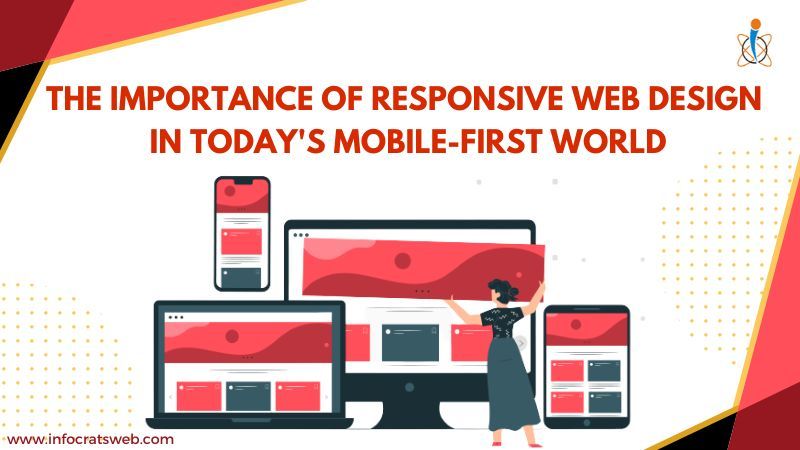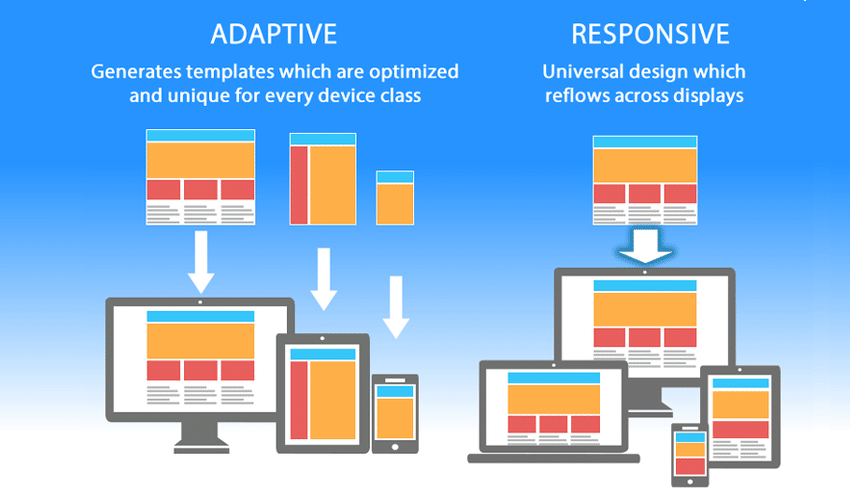The Importance of a Mobile-First Responsive Design
In today’s digital age, having a mobile-first responsive design for your website is not just important, it is crucial for success. With the majority of internet users now browsing the web on their smartphones and tablets, it is essential that your website is optimized for mobile devices. In this article, we will explore the importance of a mobile-first responsive design and why every tech company should prioritize it.
What is Mobile-First Responsive Design?
Mobile-first responsive design is a design approach that focuses on building a website for mobile devices first, and then scaling up to larger screens such as desktops and laptops. This approach ensures that your website looks and functions seamlessly on all devices, providing users with a consistent and positive user experience no matter how they access your site.
Why is Mobile-First Responsive Design Important?
1. Improved User Experience: With a mobile-first responsive design, your website will be optimized for touch screens and smaller screens, making it easier for users to navigate and interact with your site. This improved user experience can lead to higher engagement and conversions.
2. Higher Search Engine Rankings: Google prioritizes mobile-friendly websites in its search engine rankings. By having a mobile-first responsive design, you are more likely to rank higher in search results, driving more organic traffic to your site.
3. Increased Reach: With the rise of mobile internet usage, having a mobile-first responsive design allows you to reach a wider audience. No matter what device your users are using, they will be able to access your site and engage with your content.
4. Faster Loading Speeds: Mobile-first design often involves optimizing images and code for faster loading speeds on mobile devices. This can improve your site’s performance and reduce bounce rates, keeping users on your site longer.
How to Implement Mobile-First Responsive Design
1. Use a Responsive Framework: There are many responsive frameworks available that make it easy to build a mobile-first responsive design. Some popular frameworks include Bootstrap and Foundation.
2. Optimize Images: Make sure to optimize images for mobile devices to improve loading times. Use responsive images and consider using image compression techniques to reduce file sizes.
3. Test Across Devices: It is important to test your website across multiple devices to ensure that it looks and functions correctly on all screen sizes. Consider using tools like BrowserStack or Responsinator for testing.
4. Focus on Mobile Navigation: Design your website with mobile navigation in mind. Consider using a hamburger menu or sticky navigation bar to make it easy for users to navigate on smaller screens.
Conclusion
In conclusion, a mobile-first responsive design is essential for tech companies looking to succeed in the digital age. By prioritizing mobile optimization, you can improve user experience, increase search engine rankings, reach a wider audience, and improve loading speeds. Implementing a mobile-first responsive design may require some initial investment and effort, but the long-term benefits far outweigh the costs. Make sure to prioritize mobile optimization in your web design strategy to stay ahead of the competition and provide your users with the best possible experience.


